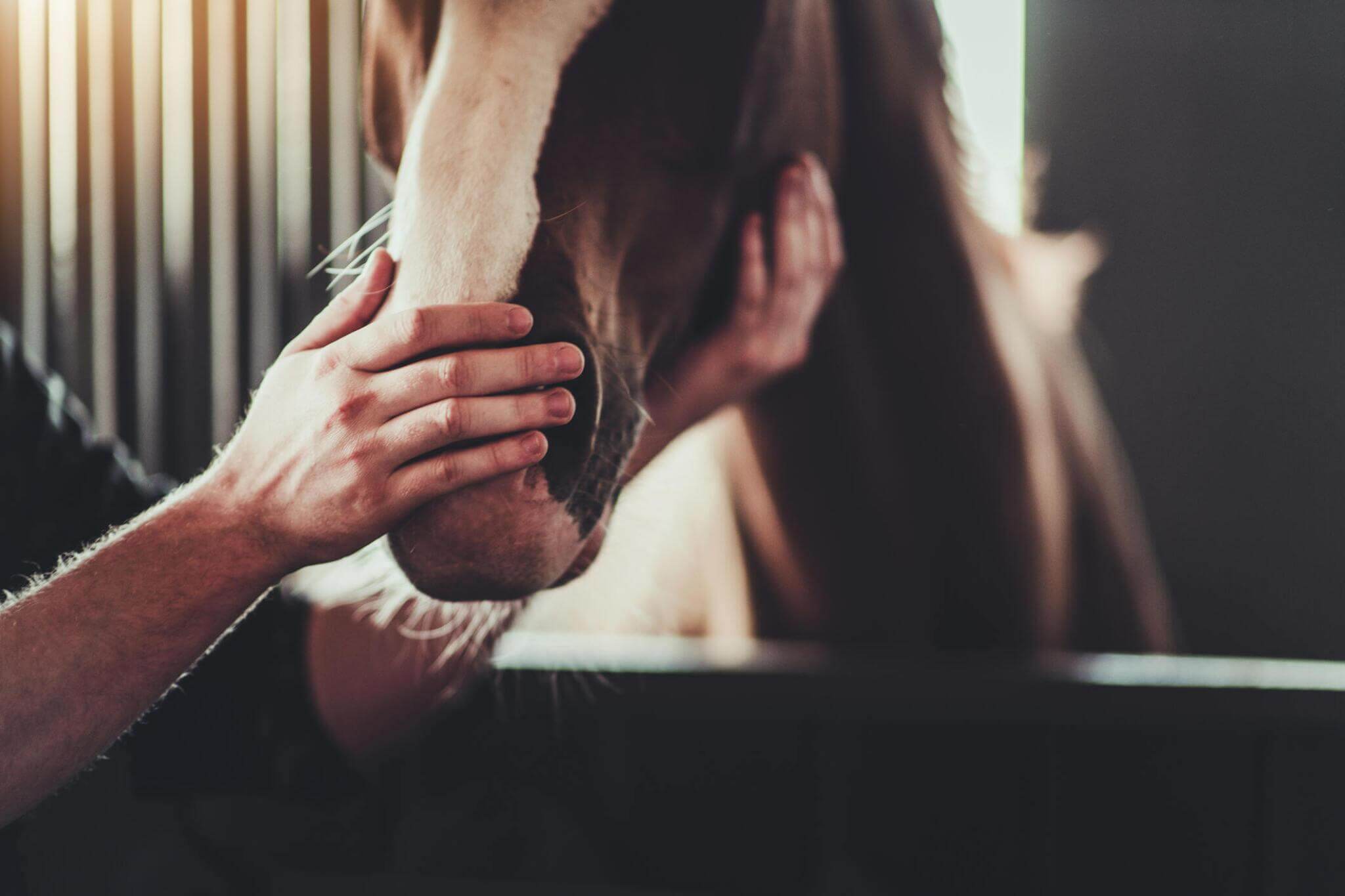The Role of Deep Nasopharyngeal Swabbing in Horses

Timely identification of respiratory viral infections in horses is crucial for implementing effective quarantine measures and preventing widespread outbreaks. Traditional virus isolation techniques, though reliable, often require several days to yield results. In contrast, real-time quantitative PCR (qPCR) offers a faster and more sensitive approach, but its accuracy heavily relies on the quality of the sample collected.
Diving Into the Nasopharynx
A 2008 study at Cornell University explored the impact of sampling depth on viral detection rates. Fifteen horses were experimentally infected with equine herpesvirus-1 (EHV-1), and daily nasal swab samples were collected. Conventional shallow nasal swabs were compared to longer swabs inserted 8-10 inches (20-25 cm) into the ventral nasal meatus, reaching deep into the nasopharyngeal region.
The findings were remarkable. While virus isolation failed to detect EHV-1 beyond five days post-infection, qPCR on the deep nasopharyngeal swabs consistently identified viral DNA up to 21 days later. This extended diagnostic window significantly enhances the ability to identify and isolate infected horses before they can spread the virus further.
Quantifying the Viral Load
Beyond improving detection rates, qPCR offers the added advantage of quantifying viral load. By spiking each sample with a known amount of an internal control (Marek's disease virus DNA), the researchers could normalize for variations in extraction and amplification efficiency.
Using standard curves, they calculated the number of EHV-1 genome copies per milliliter of nasal swab solution. Acute infection yielded staggeringly high viral loads, ranging from 10^5 to 10^7 copies/mL during the first six days. However, this dropped to a mere 1-10 copies/mL by 2-3 weeks post-infection, indicating a significant decline in shedding.
Redefining Quarantine Protocols
Notably, 13% of horses still tested positive for EHV-1 at 21 days post-infection when using the deep nasopharyngeal swab qPCR method. Based on these findings, the researchers recommended extending quarantine periods from 10 days to up to 3 weeks to ensure complete viral clearance.
Furthermore, they proposed diagnostic guidelines based on qPCR cycle threshold (Ct) values: Ct < 25 as high positive (acute infection), 25 < Ct < 30 as moderate positive, 30 < Ct < 35 as low positive, and 35 < Ct < 40 as suspect positive. This framework offers a more nuanced assessment of infection status and transmission risk.
In summary, the combination of deep nasopharyngeal swabbing and qPCR quantification not only prolongs the diagnostic window for viral detection but also guides appropriate quarantine durations, providing a powerful tool for controlling the spread of EHV-1 and other respiratory pathogens in equine populations.
Click to View → Mantacc nasopharyngeal swabs
References
Detection of equine herpesvirus-1 in nasal swabs of horses by quantitative real-time PCR








